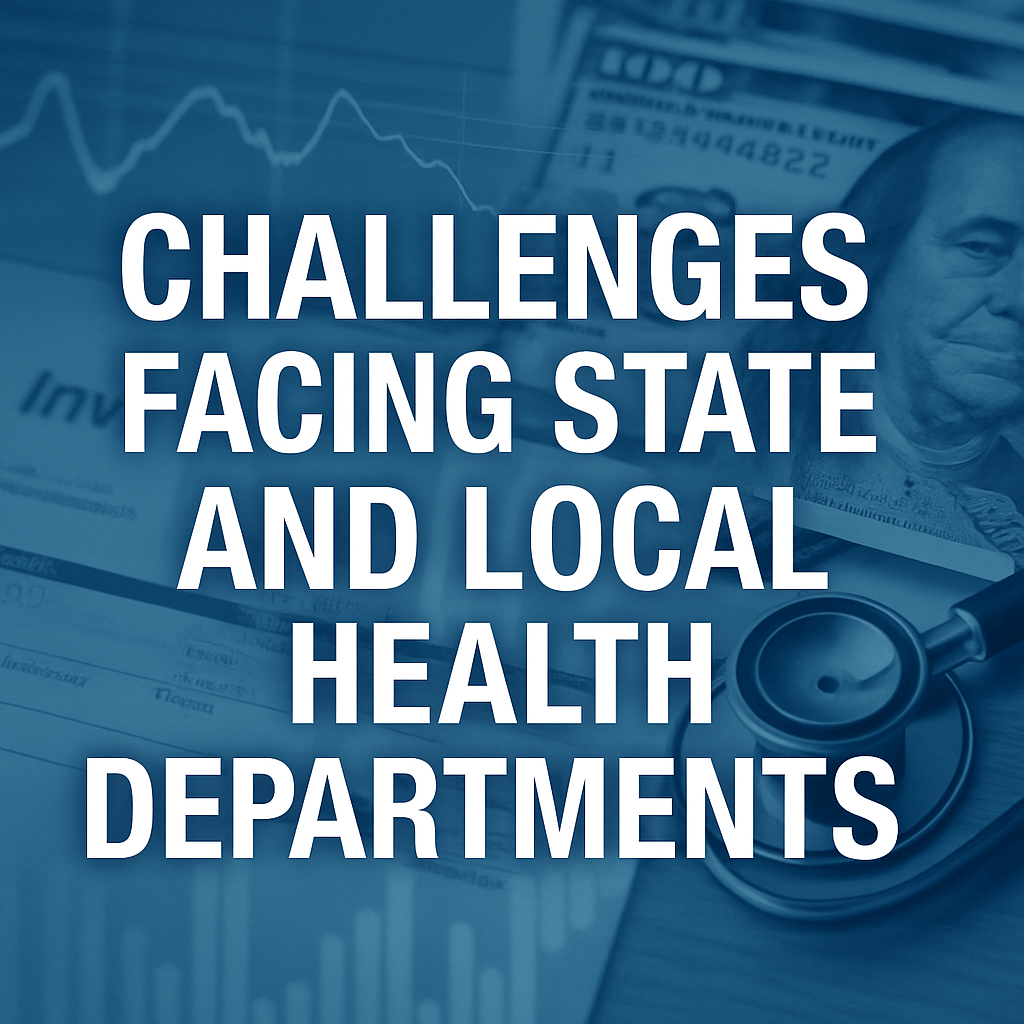Challenges Facing State and Local Health Departments

Recent cuts to state and local health departments in the United States are raising alarms among public health officials and experts. These reductions are impacting a wide variety of essential health programs that contribute significantly to community health and safety. Specialists who once managed outbreaks of diseases like measles in Ohio, health workers providing mobile vaccination clinics in North Carolina, and programs offering free health screenings in Tennessee are disappearing from the landscape.
The Invisible Work of Public Health
Public health departments engage in crucial yet often invisible work, including ensuring food safety by inspecting restaurants, monitoring wastewater to detect harmful pathogens, and swiftly responding to disease outbreaks before they escalate. Lori Tremmel Freeman, the executive director of the National Association of County and City Health Officials, highlights the importance of these roles: “Nobody wants to go swim in a community pool and come out of it with a rash or a disease from it. Nobody wants to walk out their door and take a fresh breath of air and start wheezing.”
Budget Cuts and Their Impacts
The Trump administration’s significant reduction of health spending has led to the elimination of approximately $11 billion in direct federal support. This move has drawn criticism from public health leaders who assert that it compromises the entire public health framework at a time when the nation grapples with various health challenges, including the most severe measles outbreaks since the 1990s, increasing instances of whooping cough, and potential bird flu transmission.
James Williams, county executive in Santa Clara County, California, notes that these cuts reflect a fundamental shift in public health philosophy. “It’s crucial to understand that safeguarding health is not just about immediate medical responses; it’s about maintaining the infrastructure that keeps communities healthy,” Williams explains, emphasizing the necessity of government involvement in health promotion.
Community Health Initiatives Under Pressure
In practical terms, the void left by these budget cuts is felt acutely at the community level. For instance, during a recent vaccination drive at a Charlotte high school, nurse Kim Cristino helped students catch up on overdue vaccinations. Her program support has dwindled, highlighting the gap left by cutbacks in mobile clinics that make it easier for families to access vital health services.
- Protection against diseases like measles, diphtheria, and polio through coordinated vaccination efforts.
- Community education on health practices and access to disease testing and treatment for conditions such as HIV and tuberculosis.
- Programs focused on mental health, suicide prevention, and substance abuse interventions.
The Mecklenburg County health department illustrates these challenges, managing a limited budget of around $135 million with significant reliance on local funding. The past few years have seen approximately 180 employees laid off, leading to reduced outreach and fewer resources to address public health crises effectively.
Cost-Effectiveness of Public Health Initiatives
Investing in public health initiatives has shown a high return on investment. Experts estimate that every dollar spent on childhood immunizations saves society approximately $11. Similarly, investments in smoking cessation can yield a return of $2 to $3 for every dollar spent, and asthma management can save $70 per dollar invested. These figures underscore the long-term financial benefits derived from proactive health measures.
Potential Consequences of Cuts
The ramifications of these funding cuts extend beyond immediate staff reductions. Public health departments are often funded variably, relying on both federal and state resources that can become unpredictable, especially following emergencies. This creates a precarious financial landscape that contrasts sharply with emergency services like fire departments, which maintain consistent readiness.
Dr. Steven Stack, the past president of the Association of State and Territorial Health Officials, notes this distinctive financial model: “Public health funding has historically followed a boom-and-bust cycle.” This pattern has left many health departments weakened, struggling to respond to ongoing and emerging health threats.
Reforming Public Health Funding
Despite the challenges, some localities, such as Alabama and California’s Santa Clara County, have benefited from temporary influxes of funding, allowing them to enhance their public health infrastructure. However, once these funds dry up, health departments revert back to precarious situations, often facing additional budget cuts. In Chicago, for instance, the end of temporary COVID grants threatens to push staffing levels below pre-pandemic numbers, significantly affecting responsiveness to outbreaks and the breadth of services offered.
Public input and advocacy may be critical in addressing these challenges. Increased awareness of the essential roles health departments play can contribute to more sustainable funding models and policy frameworks capable of withstand fluctuations in political and economic climates.
The Path Forward
With the ongoing cuts and legislative changes affecting funding, the future of public health in America is uncertain. Experts like Dr. Michael Eby, director of clinical services in Mecklenburg, warn that decreased funding might lead to an inability to address future pandemics and existing health threats comprehensively. A sustainable solution involves persistent advocacy for public health priorities to ensure that communities remain protected and informed.
“Without the appropriate funding, we can’t properly address these threats,” Eby states emphatically. “We’re at risk of them getting out of control and really causing a lot of damage and death to individuals that we could have saved.”
Source: fortune